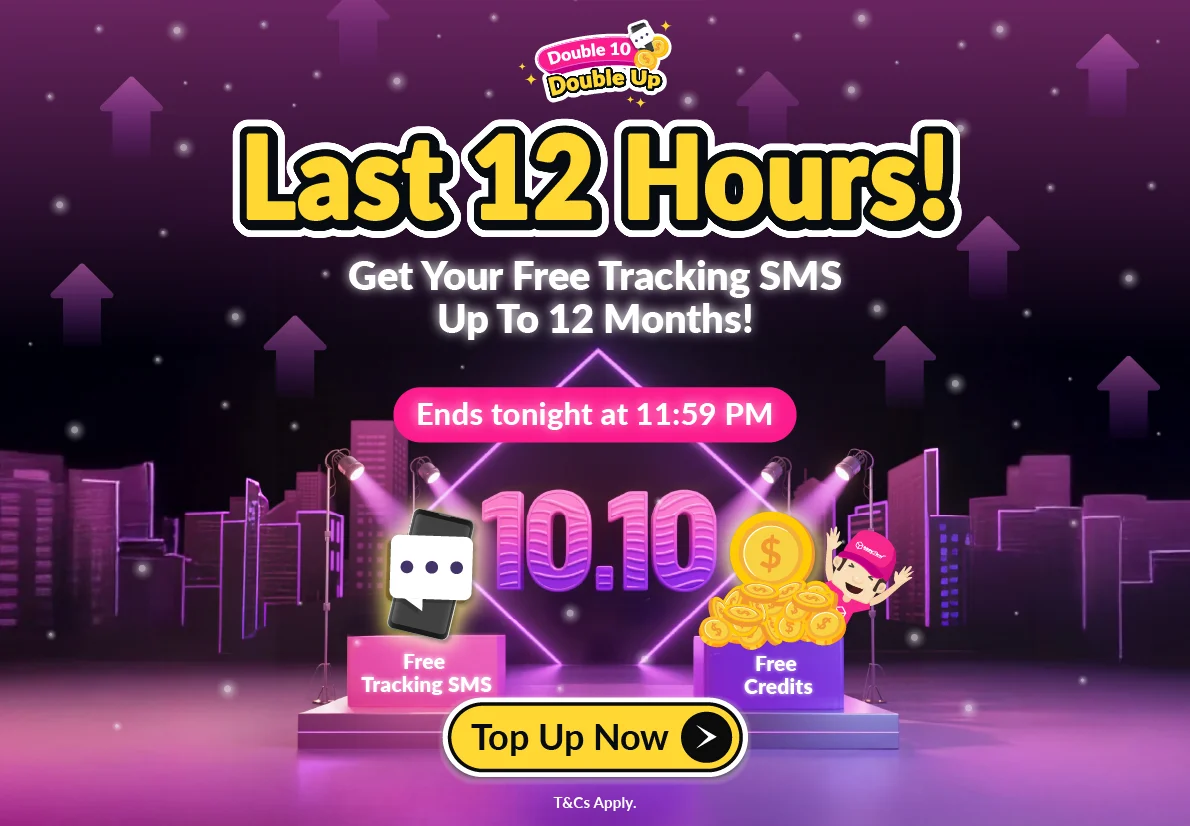Why Is It Important to Evaluate Content Marketing KPI?
Tracking KPI in your content marketing strategy is key to see if your campaigns are hitting the mark. So, by identifying the right KPIs, you can analyze which tactics are working and which need improvement. This allows you to make necessary adjustments, ultimately enhancing your campaign’s return on investment (ROI). 📈
How to Choose Relevant Content Marketing KPI for Your Campaign?
The key to choosing the right KPI is to start with clear objectives. What do you want to achieve with your content? Once you’ve set specific goals for your content marketing campaign, you can match those goals with the right metrics and KPIs to track. Let’s explore some key content marketing objectives and the most relevant KPIs to measure them. 📏
Objective 1: Increasing Brand Awareness

If your goal is to raise brand awareness, your focus should be on creating content that helps you reach and connect with a larger audience. The following KPIs can help measure how effective your content is at spreading awareness of your brand:
i. Total Article and Blog Views/Visit KPI

- Why it matters: Tracking how many people have viewed your content gives you a direct measure of how far your message is reaching.
- How to measure: Use tools like Google Analytics to track the number of views per article. This metric also provides insights into traffic sources, average session duration, and bounce rate, which can further indicate how engaging your content is.
ii. Social Shares and Engagement KPI

- Why it matters: When users share your content on social media, it increases the visibility of your brand to their networks, effectively boosting organic reach.
- How to measure: Monitor the number of shares, likes, and comments on each piece of content. Tools like Meta Business Suit or social media platform’s native analytics can help you measure social engagement.
3. Number of Followers and Subscribers KPI
- Why it matters: An increase in your social media followers or email subscribers shows that your audience finds your content valuable enough to stay connected with your brand.
- How to measure: Track the growth rate of your followers or subscribers over time using social media analytics and email marketing platforms like Brevo and Mailchimp.
4. Audience Interaction on Social Media KPI
- Why it matters: Genuine interactions such as comments, reposts, or replies help you understand how your audience perceives your brand.
- How to measure: Pay attention to the quality and quantity of interactions on your posts. High engagement levels often indicate that your content resonates with your audience.

- Why it matters: When other websites link to your content, it demonstrates that your content is seen as valuable and credible. Backlinks also improve your SEO, making your website more discoverable through search engines.
- How to measure: Use tools like SEO Review Tools to track how many websites are linking to your content. More backlinks generally translate to increased authority in your niche, driving more organic traffic to your website.
Objective 2: Driving Engagement and Conversions
i. Click-Through Rate (CTR)
- Why it matters: CTR measures how effective your calls-to-action (CTAs) are in persuading your audience to click on a link, whether it’s directing them to a landing page or prompting them to take another action.
- How to measure: Divide the number of clicks by the number of impressions or total views. A higher CTR indicates that your content successfully drives users to take the next step.
- Tip: Ensure that each piece of content includes a clear CTA. Whether you want the reader to visit your website, contact you, download a resource, or take another action, a strong and actionable CTA improves CTR.
ii. Cost per Lead (CPL)

- Why it matters: CPL measures the cost-effectiveness of your campaigns. It tells you how much you’re spending to generate a potential customer or lead.
- How to measure: Divide the total campaign cost by the number of leads generated. Comparing CPL across different types of content and platforms can help you allocate your budget more efficiently.
iii. Conversion Rate

- Why it matters: Conversion rate tracks the percentage of visitors who complete a desired action, such as signing up for a newsletter, purchasing a product, or downloading an eBook.
- How to measure: Use Google Analytics or a similar tool to divide the total number of conversions by the number of visitors. A high conversion rate means that your content is persuasive and aligned with user needs.
iv. Sales Cycle Length

- Why it matters: The sales cycle length measures the amount of time it takes to convert a prospect into a paying customer. A shorter cycle generally means that your content and funnel are effective at driving qualified leads.
- How to measure: Track the average time from when a lead enters your funnel to when they make a purchase. If your sales cycle is long, consider tweaking your content strategy to better qualify leads or address common objections earlier in the funnel.
- Tip: Shortening the sales cycle often involves aligning your content with different stages of the buyer’s journey, ensuring that leads receive the right information at the right time.
Tracking and evaluating the right KPIs in your content marketing strategy is an ongoing process. Regularly analyze your data, adjust tactics, and refine KPIs to maximize campaign effectiveness and ensure long-term success. Find this blog helpful? Sign up for free to get the latest blog updates!
 Malaysia
Malaysia Thailand
Thailand Indonesia
Indonesia











